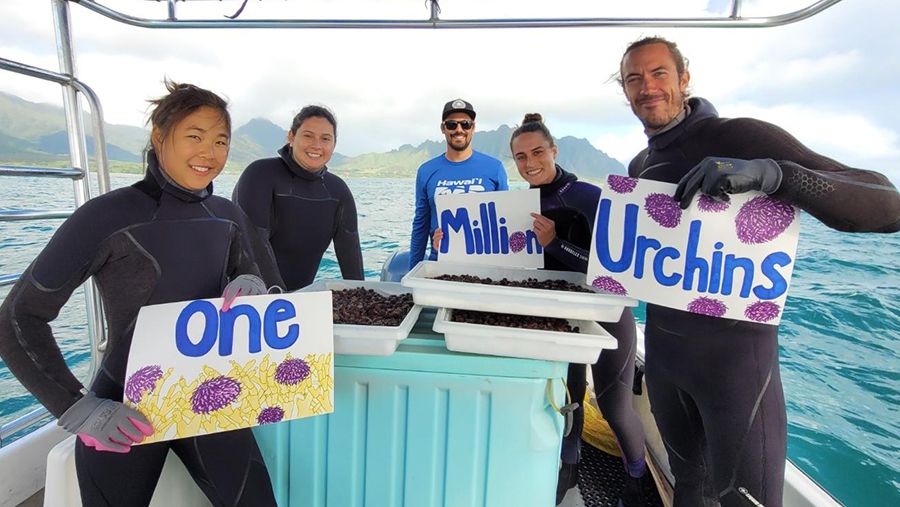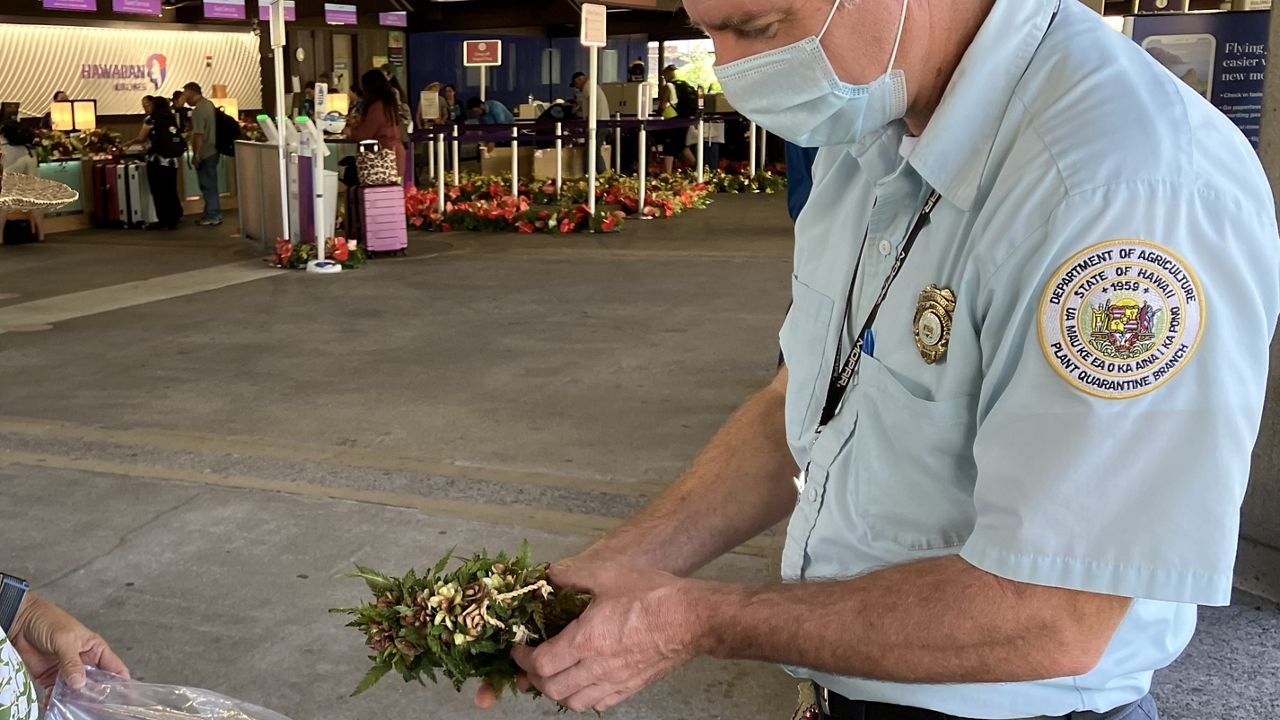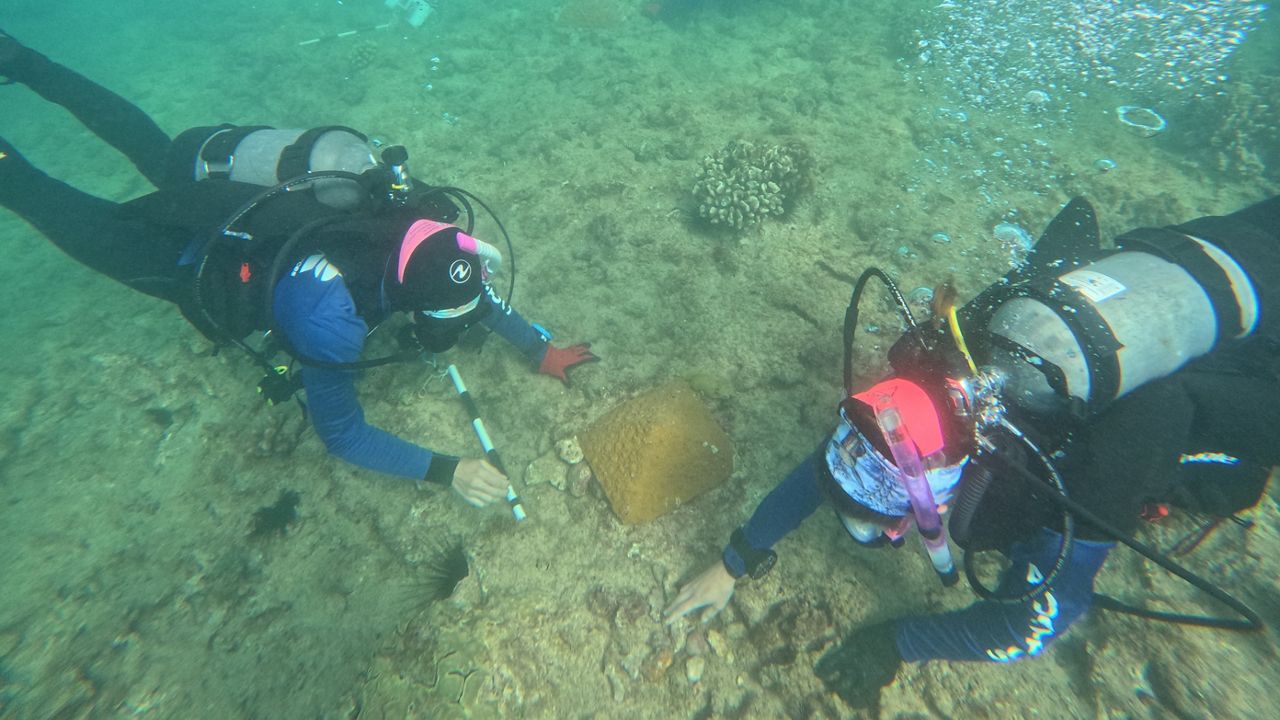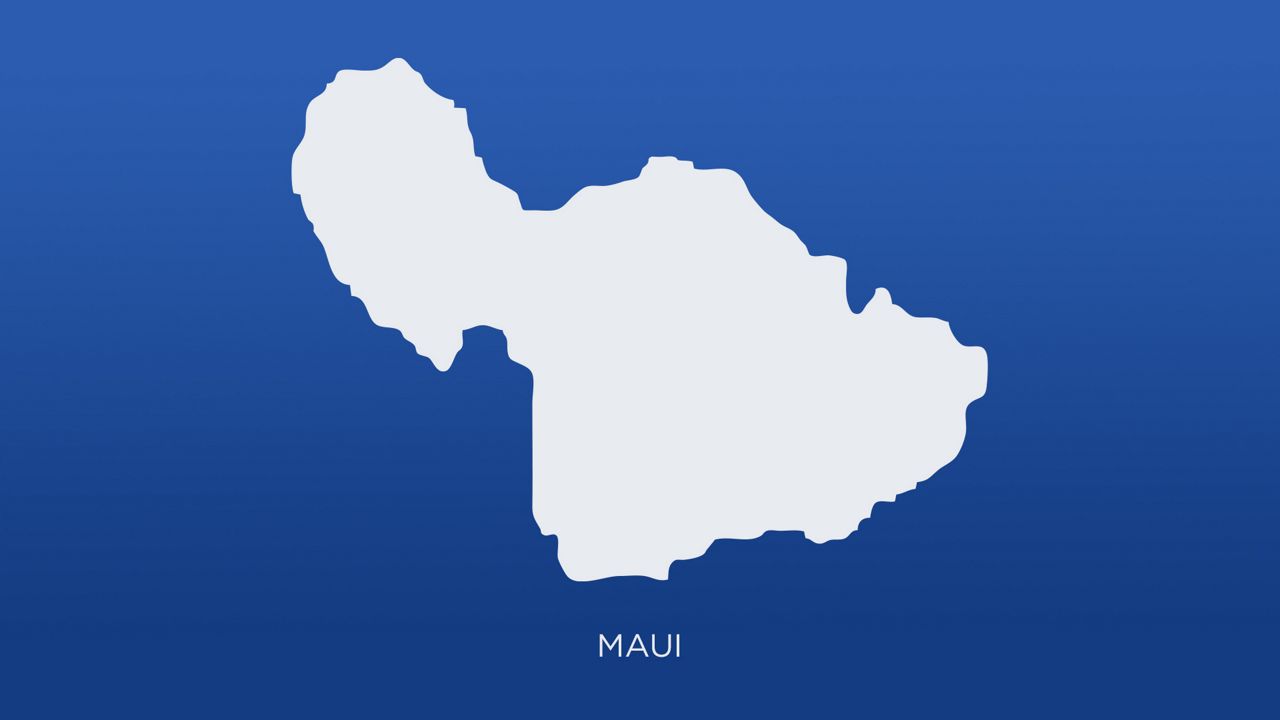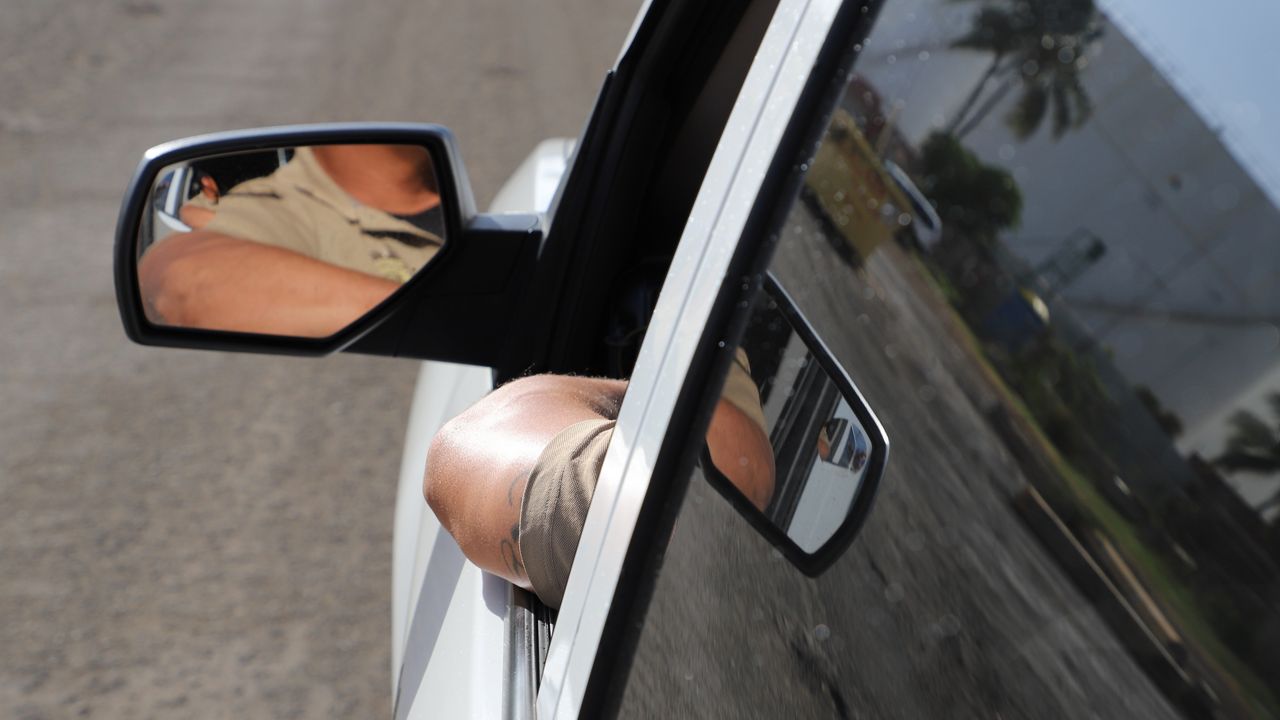KANEOHE, Hawaii — A multi-agency effort led by the Department of Land and Natural Resources’ Division of Aquatic Resources helps raise native sea urchins to combat invasive seaweed in Kaneohe Bay. The program recently reached a major milestone — the one millionth juvenile native sea urchin was released into the bay.
Spawned and raised at the Anuenue Fisheries Research Center, a DAR facility, the sea urchins are part of an ecosystem-based management plan for environmental mitigation work in the bay and off Waikiki, according to a news release.
Where invasive seaweed once grew thick on top of reefs in Kaneohe Bay, smothering coral, blocking the sunlight and killing them, the native urchins — literally underwater gardeners — have helped to keep the seaweed under control and allowed corals to grow, thus providing habitat for reef fish and other marine life.
“The millionth urchin and about 13,000 others were planted on a patch reef in North Kaneohe Bay where they will go to work, grazing on invasive seaweed,” said DAR Monitoring Coordinator Eric Dilley in the release.
Since Jan. 2011, the AFRC on Sand Island has successfully spawned settled and raised native sea urchin on Sand Island, a project involving DAR, Pacific Cooperative Studies Unit, NOAA, the U.S. Fish & Wildlife Service and the Hawaii Department of Transportation.
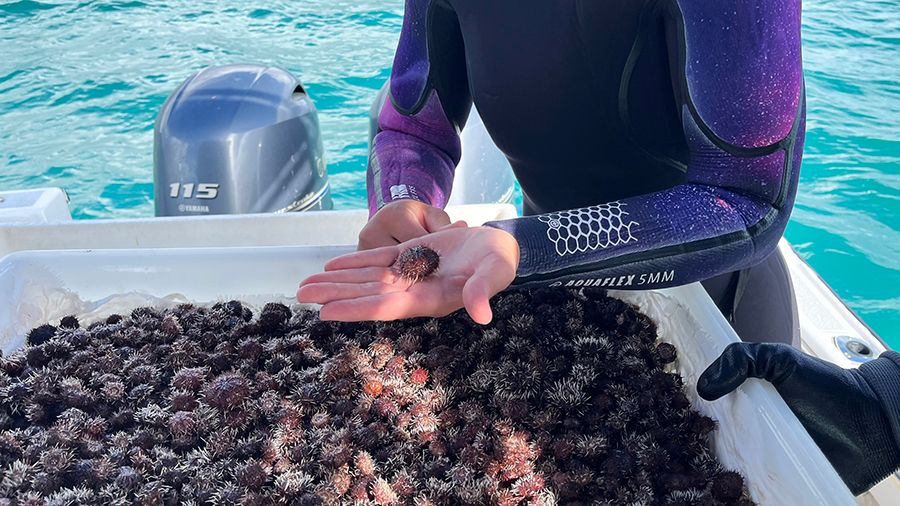
The sea urchin hatchery operates 24/7, raising sea urchins until their juvenile life stage. It takes approximately four to six months until they’re large enough to be outplanted in Kaneohe Bay. Since they’ve been at work in the bay, invasive seaweed has been reduced and coral health has improved. These areas are monitored and urchins are placed where needed.
The AFRC staff named the millionth urchin, “Vince,” in honor of long-time DLNR employee Vincent Goo, a fisheries technician at the center who passed away in 2021.
“Vince was one of the unsung heroes of the urchin hatchery,” said hatchery manager David Cohen. “He took an interest from the very beginning and helped me and the project every step of the way.”
Sarah Yamanaka covers events, environmental and community news for Spectrum News Hawaii. She can be reached at sarah.yamanaka@charter.com.





